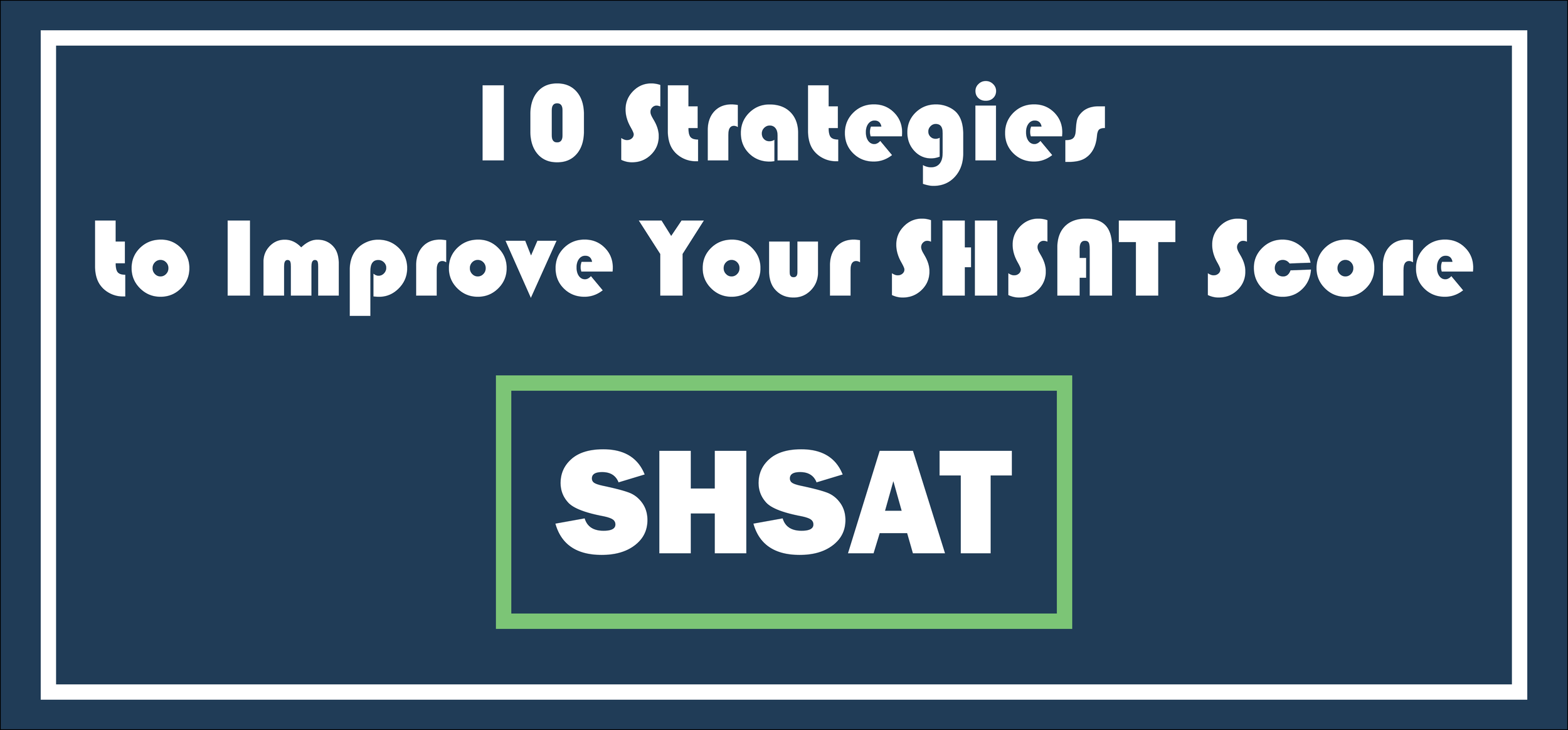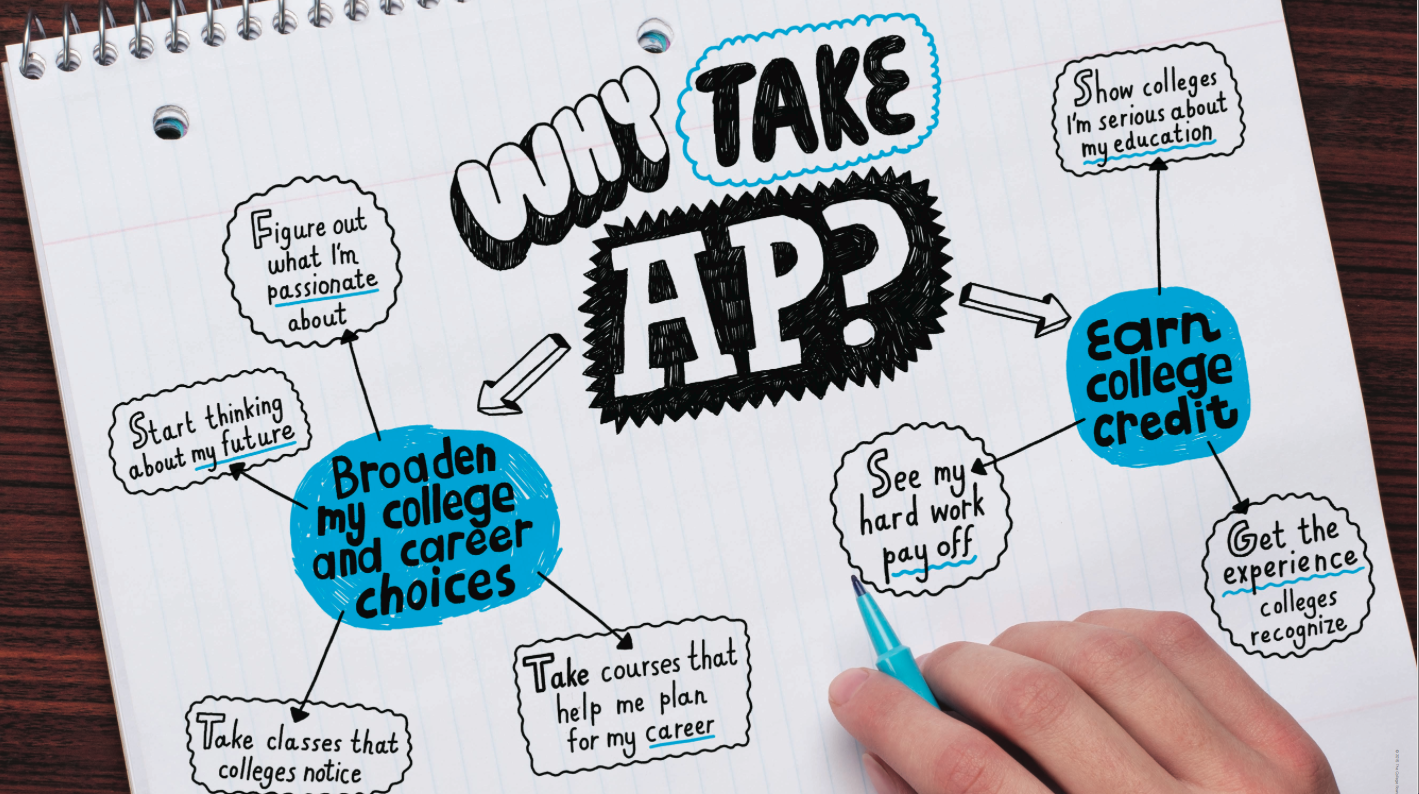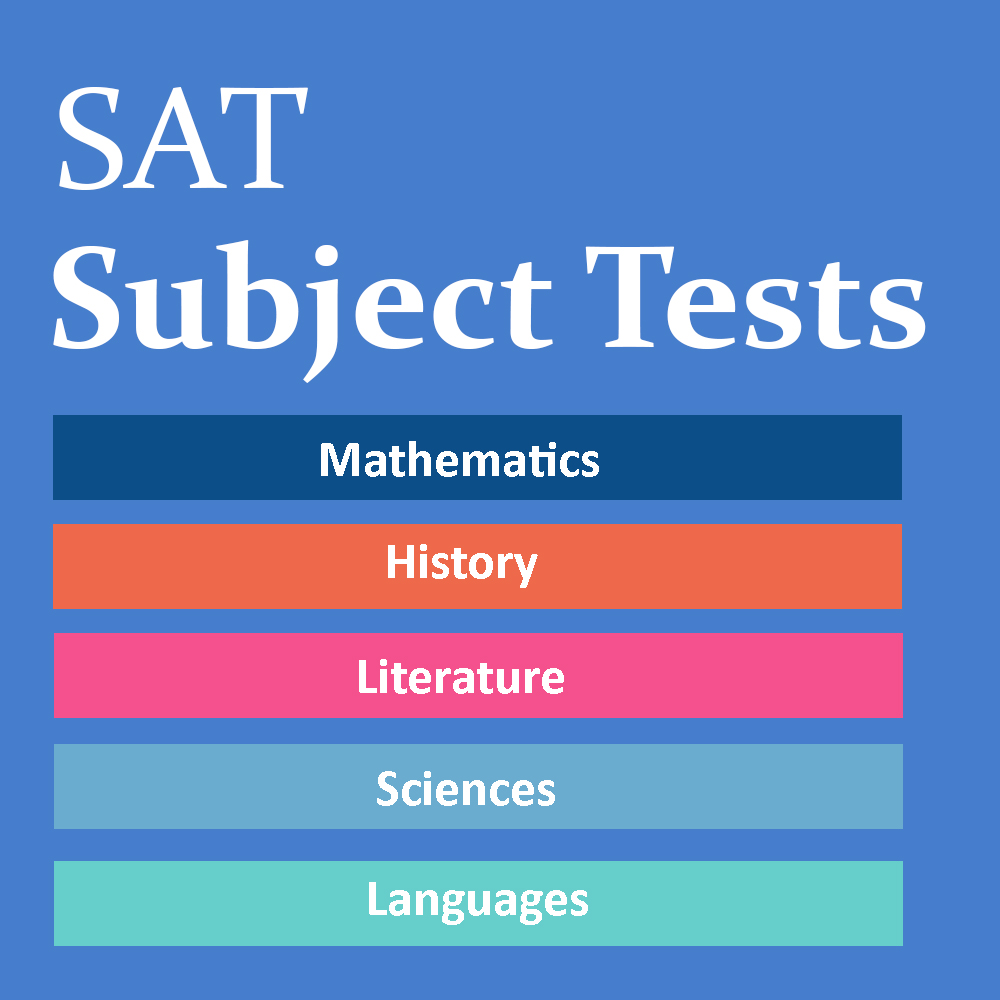The SAT is one of the most important standardized tests in your life. Your score on the test will be a big factor in your college applications. The strategies listed below will help you ace the exam and strengthen your chances of getting into your dream college.
General Strategies
Practice Tests
The first step to achieving a high score is figuring out where you are now. Take a practice test under testing conditions. While you are taking the practice test, you should time yourself while being in a quiet area. The SAT is broken up into four sessions. The reading section is 65 minutes long, the writing section is 35 minutes long, the no-calculator math section is 25 minutes long, and the calculator with the math section is 55 minutes long. Make sure to give yourself a 10-minute break in after the reading section and a 10-minute break after the no-calculator math section. After finishing the practice exam, grade yourself honestly and review the questions you got wrong. This will help you learn your weaknesses and strengths and create a study schedule.
You can find multiple SAT practice tests online on the CollegeBoard website and Khan Academy. You can also find some in the back of SAT workbooks, like Kaplan, Barrons, and The Princeton Review.
Study Schedule
When creating a study schedule for the SAT, first make sure to set a target score and an estimate of when you want to take the test. This will help you determine how much and how frequently you will study. Khan Academy creates a personalized study schedule for you based on your diagnostic score and test date. You can use this as a template and change it for your personal needs. During your study sessions, you should be learning/reviewing content, doing practice questions, and brushing up on your weak areas. Make sure you set aside time to take a practice test every two weeks to check on your progress. As you get closer to your test date, increase the frequency and time you study. However, don’t study hard the day before the exam. On the day before your test, you should review your weakest topics and rest.
Timing
Finishing the sections on time can be difficult at first. You can’t go back to sections once the time is finished. If you’re having trouble completing the reading passage, consider only skimming the passages rather than closely reading it. Most of the questions focus on one word, line, or paragraph that is stated in the question. These answers can all be found from skimming the passage and going back to reread. The only specific questions asked are the ones asking for the meaning of a quote. You only need to read these sections closely. This goes for the SAT grammar section as well. If you’re having trouble completing the math sections, mark and skip any questions that are taking you more than a minute to do so you can come back to them later.
Strategies To Improve Your SAT Reading:
If you’re having trouble with the Reading section of the SAT, here are some strategies that can help you improve your score:
Read More
Most of the SAT passages are about science, social studies, or historical documents. Try reading an article a day from places like The New York Times, The New Yorker, Scientific American, or The Washington Post. Reading these types of articles will improve your reading comprehension, vocabulary, and grammar significantly. These articles are similar to the passages you will see on your SAT in terms of difficulty and vocabulary. Getting familiar with this reading level will help improve your speed and comprehension during the test. After reading, make sure you understand the main idea and key details of the article. Make sure to also focus on historical passages. Students have difficulty understanding the language in these types of passages. To familiarize yourself with this type of passage, you should read autobiographies and historical documents.
Although reading these articles from the outlets listed above are recommended, you do not have to stick to only these. Reading, in general, will help improve your score. You should make reading, whether it be nonfiction or fiction, a daily habit. Start by reading a book at your level and then build your way up to more difficult texts. Choose books that interest you, as it will make you more inclined to keep up your daily reading.
However, if you have less than a month before your SAT, be wary of this strategy as this is a long-term strategy to improve your score and you may not see much improvement by your test day.
Annotating Passages
If you’re getting less than 35 questions right in the reading section, you should consider annotating your passages. Questions on the reading section of the SAT typically ask for key ideas, tone, and main ideas. Taking notes on the margins of the passages and underlining important details will improve your reading comprehension by helping you understand the passage. It can also allow you to answer the questions more easily and faster since you already have the answer written in your annotations. Practice doing annotations on your daily articles.
Vocabulary
The SAT uses relatively difficult vocabulary. Not knowing what one word means can throw you off your game or make your interpretation of a section/sentence completely incorrect. To prevent this, you should become comfortable using context clues. This way you can easily figure out what an unfamiliar word means. Both the reading and writing sections of the SAT ask vocabulary questions requiring you to choose the meaning of a word from the passage that has multiple meanings. You will have to use context clues to figure out which definition is correct. You can practice this by predicting what an unfamiliar word means before looking it up while reading your daily articles.
Learning new vocabulary words can also help. Although the SAT no longer requires you to memorize challenging vocabulary, you should still learn vocabulary that is about a medium-level difficulty. You can do this by looking up any words you don’t know during your daily readings. There are also apps available on the app store that will teach you a new SAT vocabulary word every day, like SAT Flashcards: Prep & Vocab by Magoosh. You can find out more information about how to study SAT vocabulary here.
Ways To Improve Your SAT Writing:
The SAT Writing section focuses on grammar, vocabulary, and editing/revising skills. If you’re having trouble with any of these, consider these strategies:
Content
The SAT Writing section focuses on around 50 grammar topics, like sentence structure, sentence modifiers, and style and tone. You can learn these topics from an SAT workbook or online. Remember that you don’t need to memorize the different topics and rules, but be able to use them in practice on the day of the test. After learning how to apply each rule, make sure you get as much practice as you can. Practice problems can be found in workbooks and online. Make sure to check your work and understand why you got a question wrong. An easy way to practice editing and revising is by editing your old essays and writing assignments.
Ways To Improve Your SAT Math:
If you’re having trouble with the SAT math sections, here are some strategies that can help you:
Concepts
The SAT math section includes around 30 topics on algebra, basic statistics, nonlinear functions and graphs, and volume. Learn all the topics from workbooks or online. After doing practice problems, determine which concepts you are the weakest in and focus on those. Spread out the days you learn each topic to fit a schedule that works for you. However, make sure you give yourself ample time to review your weakest topics before your SAT test date. Generally, students have trouble with functions, statistics, and number theory. Give yourself double the amount of time to study these concepts than you would any other. If you’re having trouble grasping the concepts, try watching videos surrounding the topics and continue practicing. You do not have to memorize any formulas as most are provided to you on a reference sheet on the day of the test, but make sure you are comfortable using them.
Shortcuts
Most math questions on the SAT are straightforward. If you learn shortcuts for each concept, you will be able to work more efficiently. For percentage, algebraic expressions, and word problems, try plugging in an answer choice instead of using a variable. Being familiar with your calculator can also help you easily find correct answers on the calculator section. For example, instead of calculating intercepts by hand, you can graph the equation on your calculator to find the answer.
Conclusion
At the end of the day, the best way to achieve your target score is to practice as much as possible. Even if you don’t get your target score, don’t get disheartened. Remember you can take the SAT as many times as you need. Learn from your mistakes and work harder next time. If you still can’t improve your SAT score, consider hiring a tutor who can help you with your weak areas. Synergy Prep offers SAT tutoring, where you can take practice tests, receive a breakdown of your scores, and be taught by an experienced instructor. You can find out more about our SAT program and how we can help you achieve the best score possible on the SAT by clicking here.



















